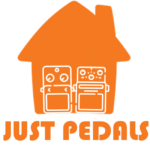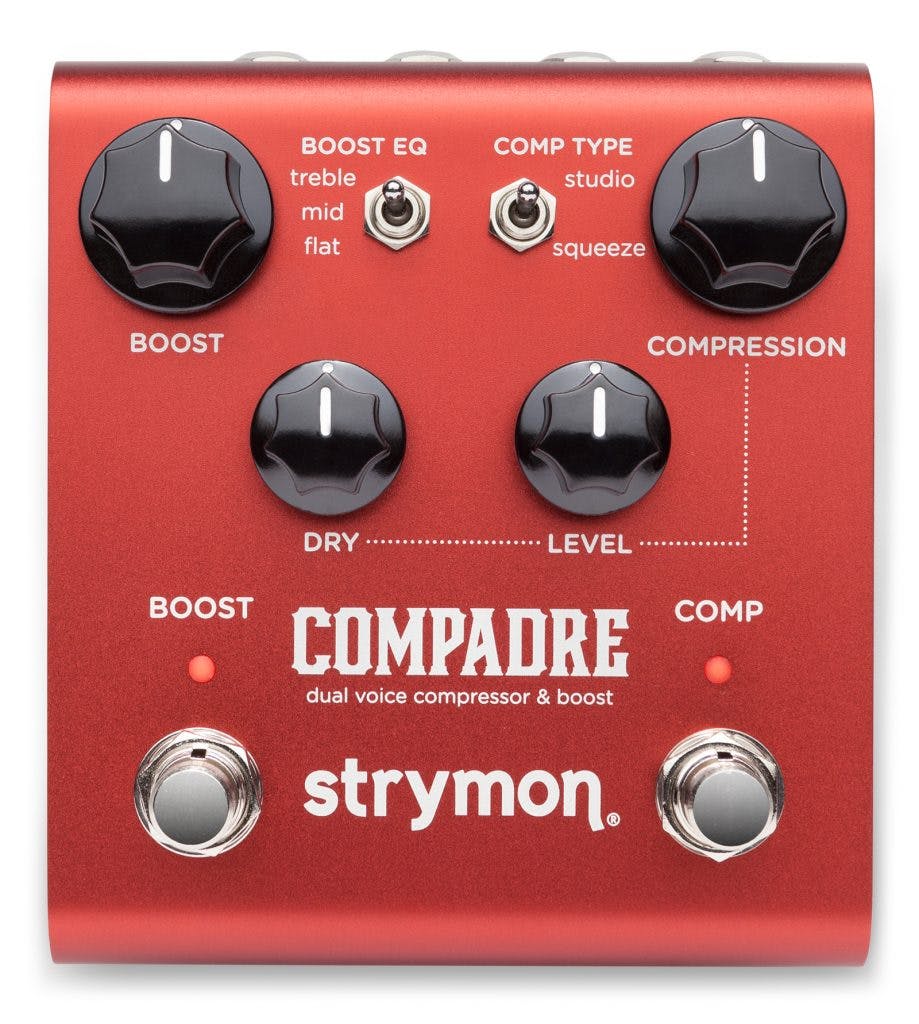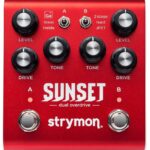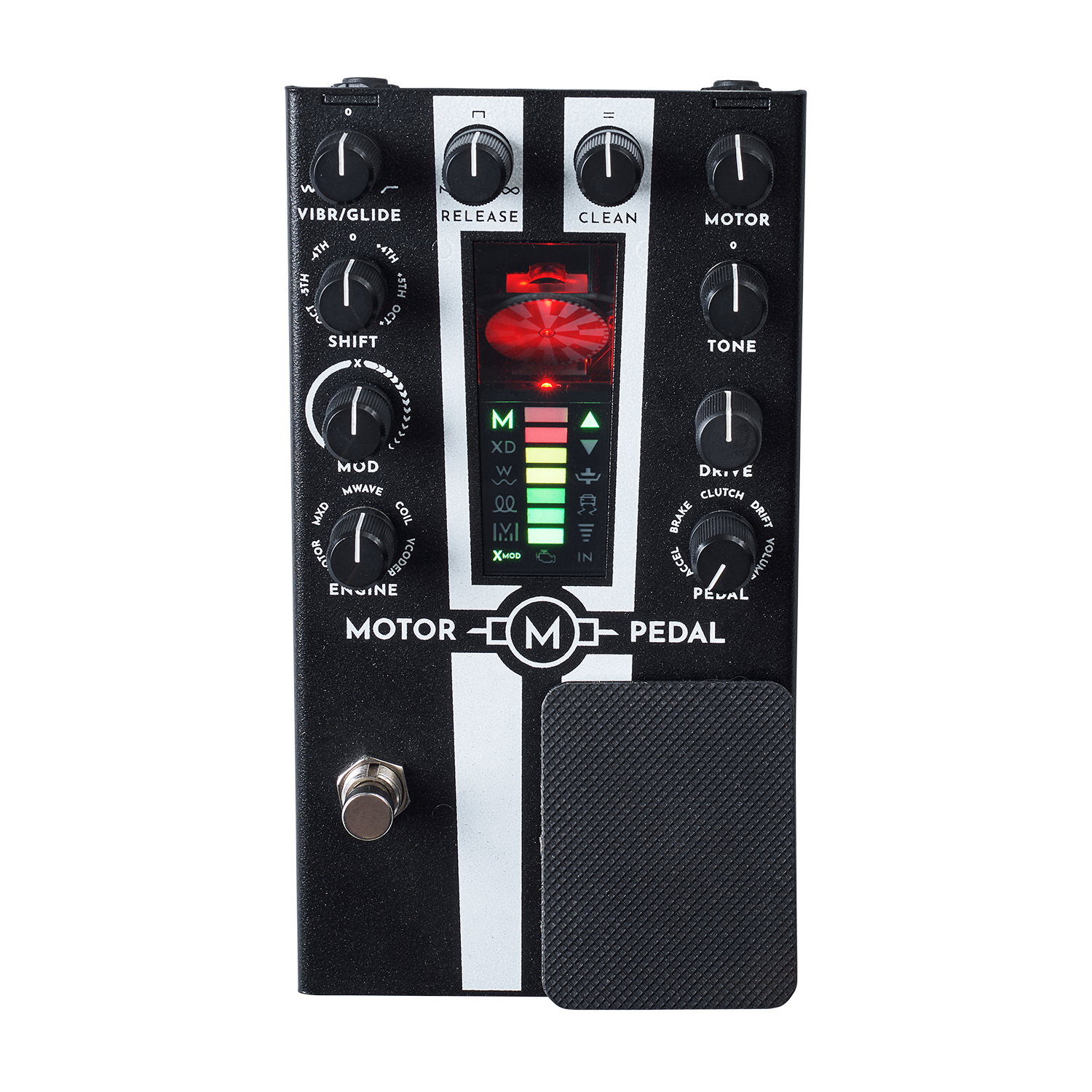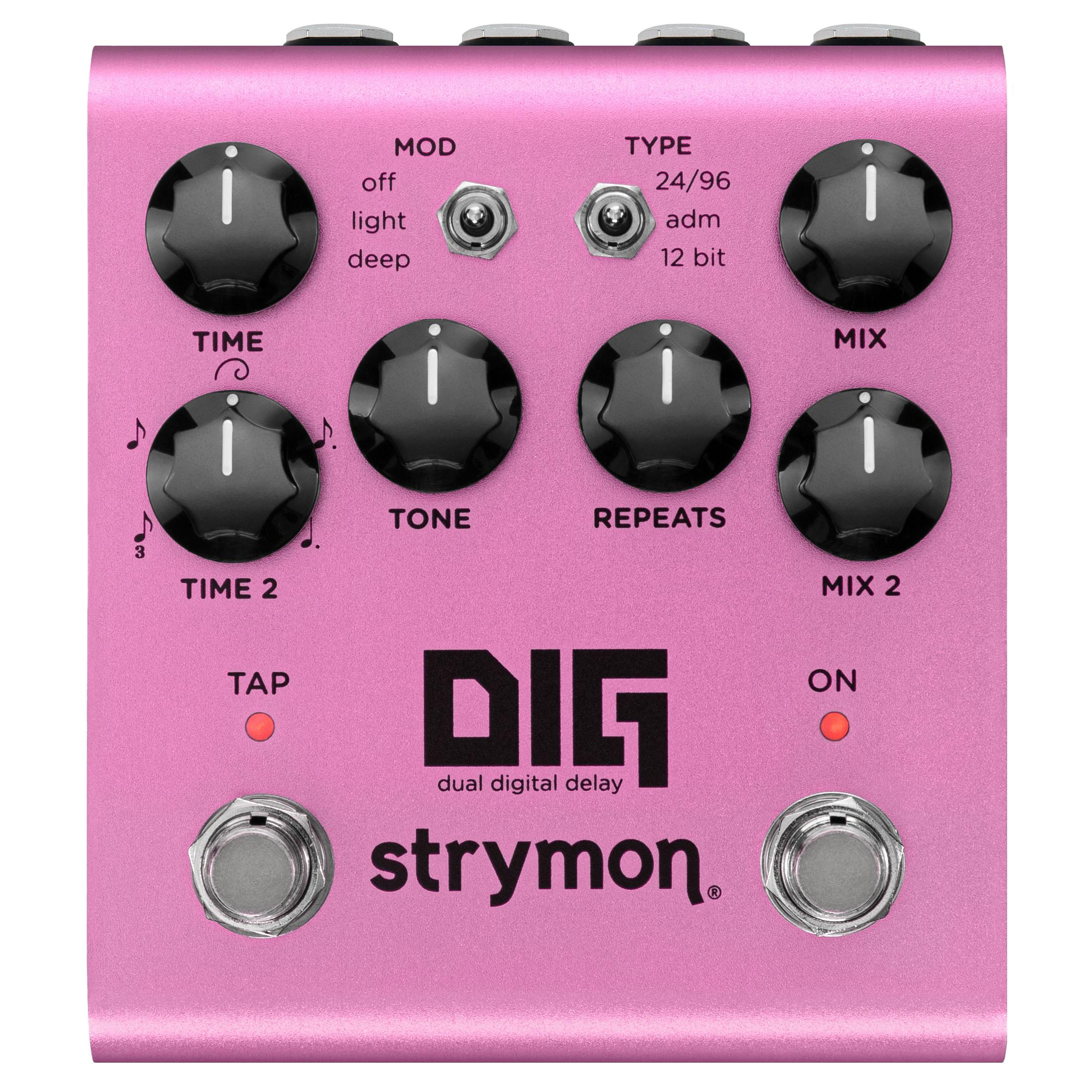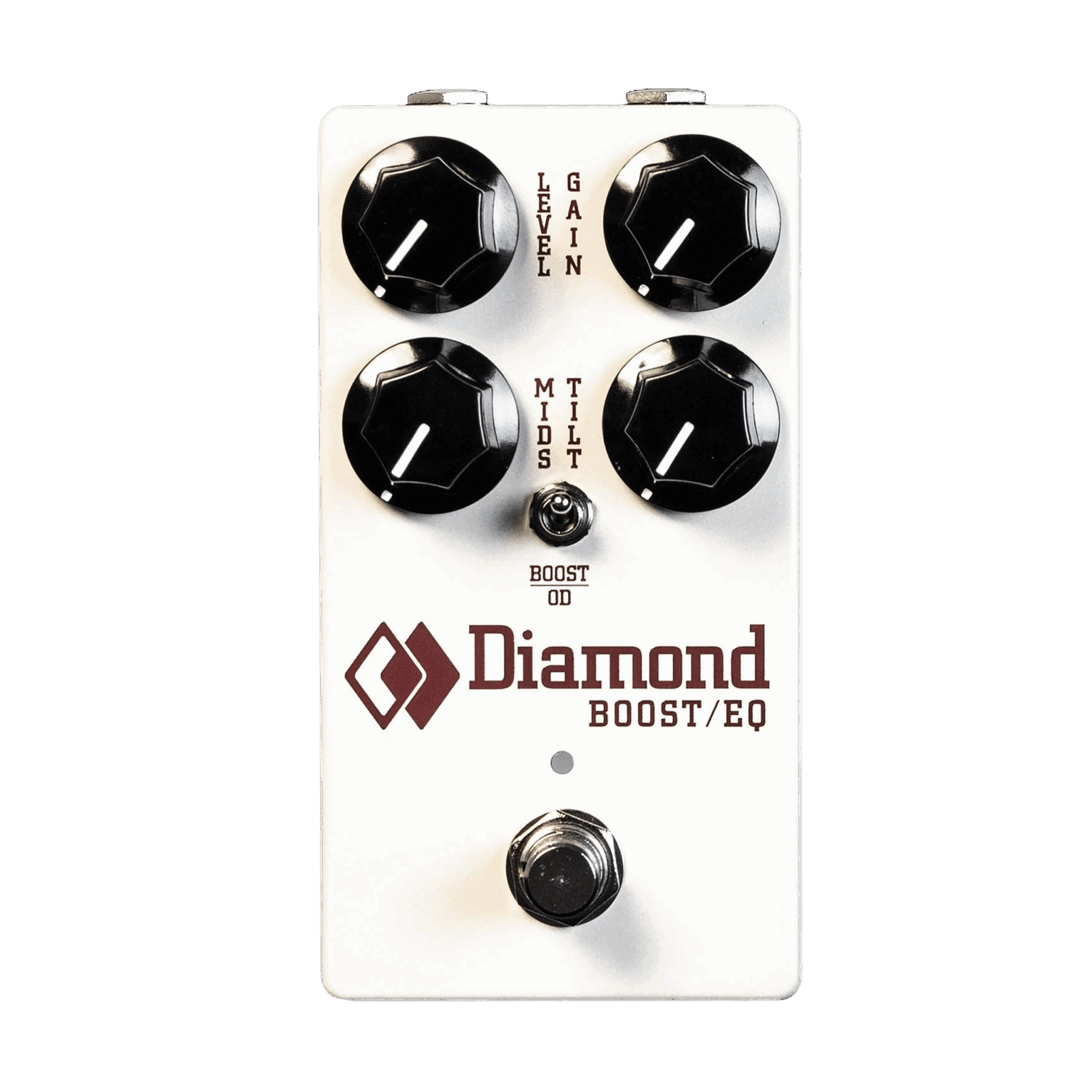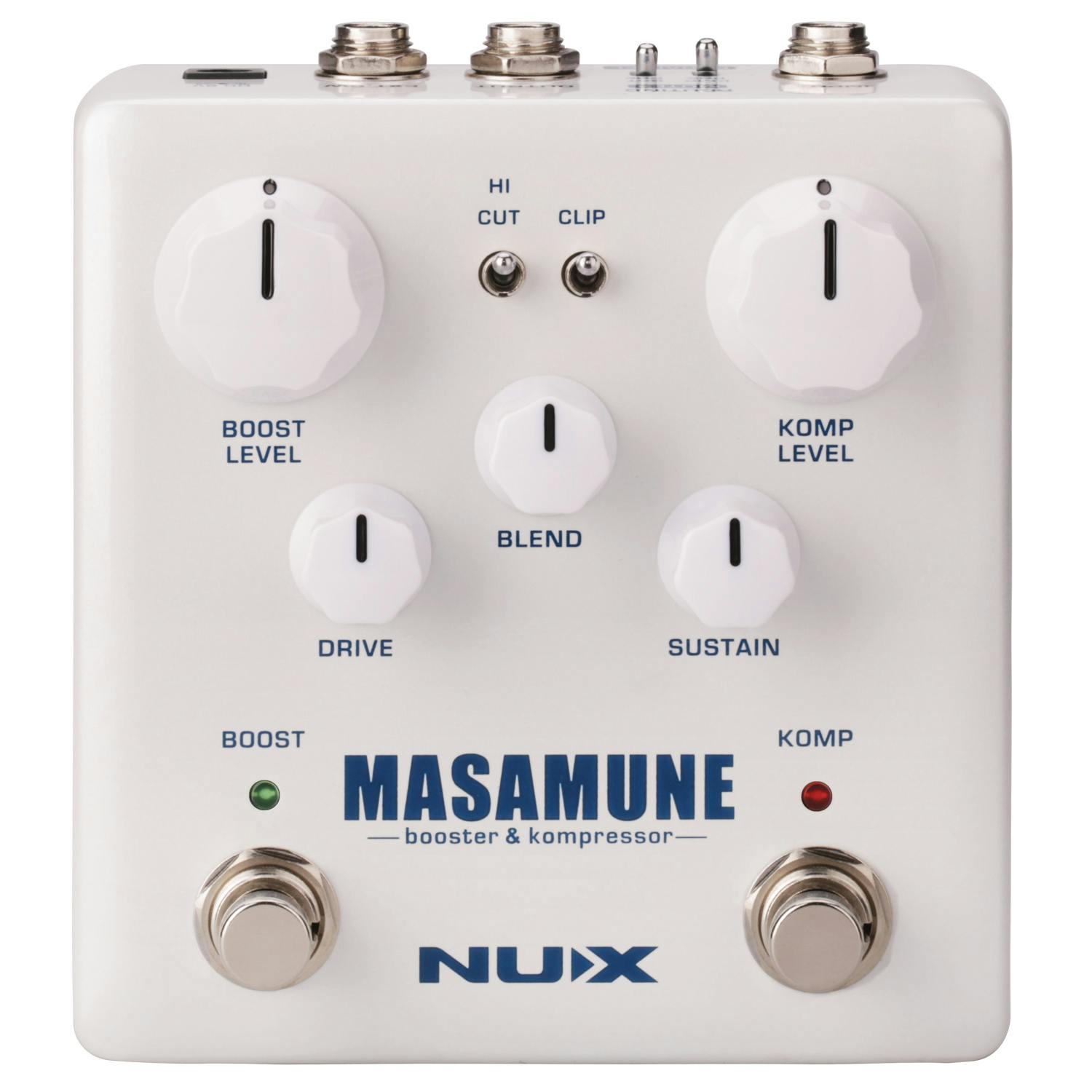Description
The Strymon Compadre Dual Voice Compressor and Boost Pedal is in Santas big sack, delivered fresh to the door in time for Christmas dinner, made by Strymon little helpers, arriving with all the warranties and all toppings included. This is just a great pedal from a great brand, its available and in stock. Pedal Boost and Compressor Voice Dual Compadre Strymon Guitar Effect Pedal.
The Compadre is the kind of pedal you'd have no regrets buying to replace two of your old stompboxes, because it's that good. Strymon have engineered a dual compressor and boost worthy of the boutique tag we've come to expect from the American pedal wizards.
Compression is an “always on” type of effect and one of the first in your guitar signal chain. Boost is commonly found beside it, so there's plenty of sense in combining the two to create the ultimate utility pedal.
[video_1]
Compressor
The Compadre is an expansion of the retired OB-1 pedal with two modes of compression: Studio and Squeeze.
The former is an optical style circuit and an effect you don't truly appreciate until it's turned off. It levels out volume spikes in crystal clear transparency, caused by uneven pick velocity on the strings. Studio mode fine-tunes the electrical signal from your guitar's pickups, rather than directly affecting your desired guitar tone.
Squeeze is modelled after vintage compressors, which were used more as a tonal expression rather than an enhancer back in the day. The compression ratio here is far higher and elongates sustain. It's the perfect companion to classically-voiced single coil pickups.
Boost
The Compadre's boost has three distinct settings: Treble, Mid and Flat. There are also switchable clean or dirty clipping stages. In most circumstances, you'd have to buy three separate pedals to access the variety of tones on offer here.
Treble tightens the bottom by boosting mid to high frequencies, Mid fattens the midrange tones and Flat is a complete full range frequency bump. With the clipping stages, Clean focuses on raising volume levels while Dirty saturates the signal for extra driven bite – great for simpler setups without an overdrive pedal.
Analogue and Digital
Both effects housed in the Compadre are pure analogue from beginning to end. The compressor is VCA-based with the boost running through a Class A JFET input circuit.
Its digital aspect comes in the form of MIDI compatibility. The Compadre converts MIDI signals to analogue in order to recall your favourite presets.
Connectivity
As well as MIDI integration, the Compadre also contains an expression input. This essentially turns it into a foot-adjustable volume pedal – incredibly useful for volume swells or precise lead melodies and solos.
. Available from Just Pedals for only £285 + delivery. Read More for details, demos & to order securely online.
